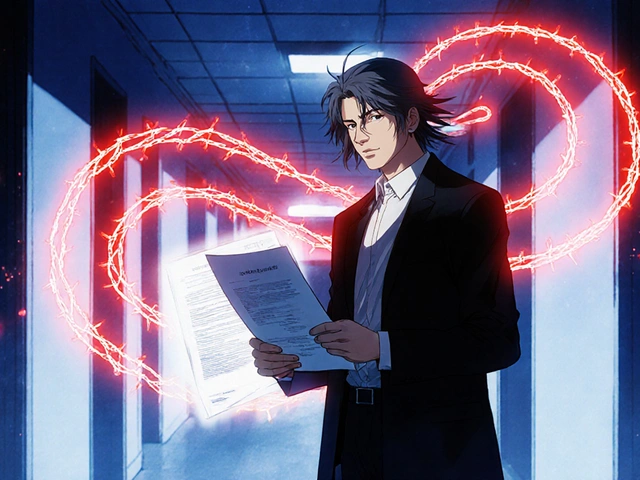Pheochromocytoma Diagnosis: What You Need to Know
If you’ve ever felt your heart race for no reason, gotten sudden headaches, or sweated a lot, you might wonder if something serious is behind it. One rare cause is pheochromocytoma – a tumor that grows in the adrenal glands and releases extra hormones. Knowing when to get checked and what tests are used can save you a lot of worry.
Key Symptoms That Prompt Testing
The first clue is usually a pattern of symptoms that come and go. Common signs include:
- Sharp spikes in blood pressure (often over 180/120)
- Throbbing headaches that don’t respond to usual meds
- Heart racing or palpitations even when you’re resting
- Heavy sweating, especially at night
- Feeling jittery or anxious for no clear reason
If you notice several of these together, especially sudden blood‑pressure jumps, talk to your doctor. They’ll ask about the timing – many patients feel better after the episode ends, which is a red flag for a hormone‑secreting tumor.
Tests and Imaging Used to Confirm
Once your doctor suspects pheochromocytoma, the next step is lab work. The most reliable tests measure hormone breakdown products in your blood or urine:
- Plasma free metanephrines – a simple blood draw taken after you’ve been resting for at least 30 minutes. High levels are a strong indicator.
- 24‑hour urine catecholamines – you collect all urine for a full day. It’s a bit of a hassle but gives a complete picture.
If these labs are abnormal, imaging comes next. Doctors usually start with a CT scan of the abdomen to locate the tumor. If the CT isn’t clear, an MRI provides better detail for soft tissue. In some cases, a meta‑iodobenzylguanidine (MIBG) scan is used to see if the tumor takes up a special tracer – this helps when the tumor is small or spread.
All of these steps happen before any surgery. Knowing the exact size and location helps surgeons plan the safest removal. Occasionally, the tumor can be part of a genetic syndrome, so doctors might also suggest genetic testing if you have a family history of similar issues.
What can you do while waiting for results? Keep a diary of blood‑pressure readings, note when symptoms start, and avoid triggers like caffeine or certain cold‑weather activities. This information makes it easier for your doctor to see patterns.
Remember, pheochromocytoma is rare, but it’s treatable. Early detection means you can get the right tests, avoid complications, and move toward a cure. If you think you fit the symptom picture, don’t wait – reach out to a healthcare professional and ask about a hormonal work‑up.






